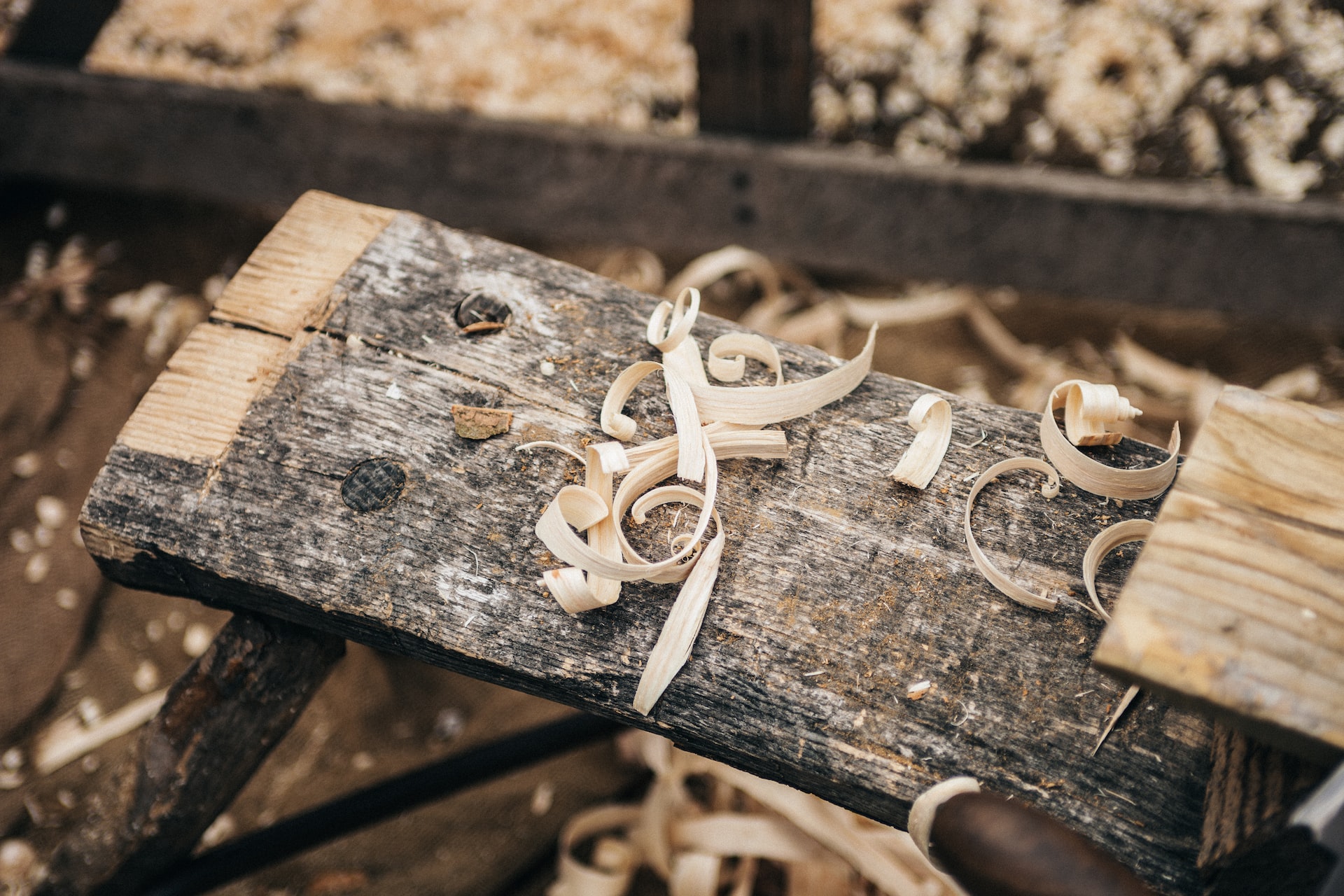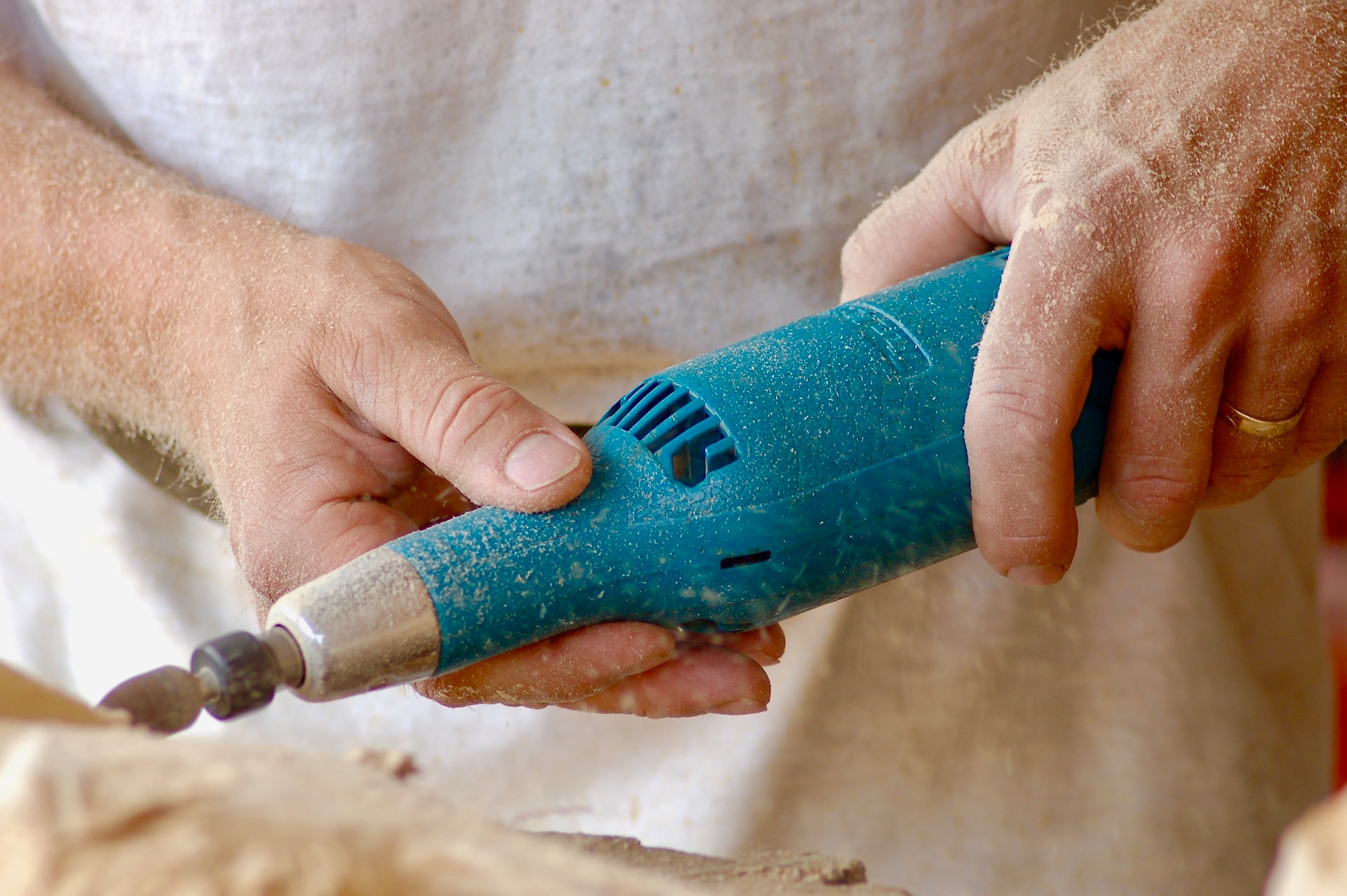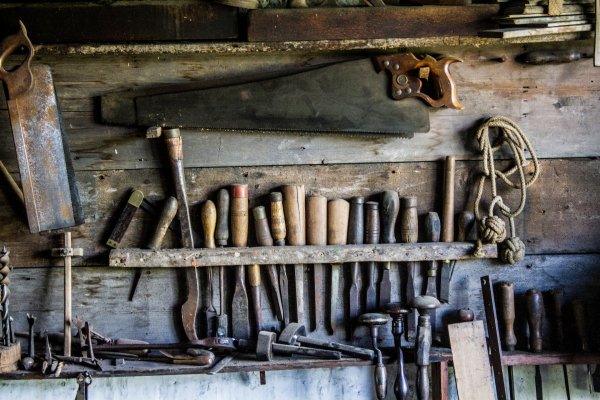When it comes to woodworking, having the right tools is essential. Whether you are a novice working on simple projects in your garage or an experienced carpenter crafting intricate works of art, having access to quality tools will make all the difference. But with so many options available, how do you know which ones are the "must-haves”? In this blog post, we will share my list of the top 10 must-have woodworking tools that both men and women should have in their arsenal - helping ensure you have everything needed to tackle any wood project for years to come!
Working with wood requires the right tool for the job, and an array of saws, drills, routers, and sanders deliver when it comes to woodworking. Saws provide clean cut lines and angles, from hand coping saws all the way to band saws and jig saws. With the right dremels for wood carving as well, you can get your project to look just right. Drills are vital for creating holes in wood; cordless options make it easy to take projects anywhere. And power drills can be used for more than just drilling; fastening screws is a breeze with the perfect drill bit attached.
Routers shape wood in a variety of ways; choosing between fixed base and plunge-style models makes it possible to decide on which style best suits the project's needs. Sanders leads the way when it comes to smoothing out rough edges on wood furniture or crafts – belt sanders remove material quickly while orbital sanders produce less dust during operation.
Power tools make woodworking projects much more efficient and generally result in superior work. However, like any tool, they come with their own set of pros and cons. On the plus side, power tools allow woodworkers to craft an impressive project within a much shorter time frame and with greater accuracy than if they were relying on manual labor alone.
However, excessively loud motors can disrupt work environments and there is always the risk of injury associated with operating powerful machinery. It's important that woodworkers understand the trade-offs that come with each power tool before making any decisions on their next purchase and always employ safety protocols while operating their tools. The right choice of tools will depend on the type of project you are tackling and your personal level of experience.

If you're looking for an age-old method of woodwork, then investing in a set of traditional hand tools might be the answer. Relying solely on the skill of your hands, these tools require no electric power and can cut, measure, and shape any kind of wood imaginable. Common hand tools include saws, chisels, gouges, planes, hammers, awls, rulers, and more. Used by many ancient craftsmen before the emergence of power tools and modern techniques in carpentry and furniture making, hand-tool craftsmanship is something that anyone can learn — it just requires time, patience, and practice.
If you are confident with your skills and looking to take on more advanced projects, investing in quality hand tools can give you that extra boost. Some power tools can be used alongside hand tools to increase their effectiveness and productivity. With the right set of hand tools, you'll have all you need to craft masterpieces out of wood!
Making sure your woodworking projects stick around for a long time depends on choosing the right adhesives. Wood glue and similar adhesives are essential for helping your work last through all sorts of forces it will eventually face. From humidity to extreme temperatures, wood glue can make all the difference in your project's longevity. To ensure lasting results, you should use an adhesive specifically made for wood that creates a cross-linked bond with the material so that it holds up to any eventuality. Wood glues tend to be less destructive than other options like nails or staples, and can produce a smooth surface that won't need further treatment down the line.
When it comes to protecting and maintaining your woodworking projects, there are plenty of finishes to choose from. It all depends on the type of project, the materials used, and the desired appearance. For furniture and other pieces exposed to wear and tear, polyurethane varnish offers superior protection and a glossy finish that allows your work to stand out in any room. If you’d like to bring out the natural luster of your material without covering up its grain, then shellac or lacquer may be the right choice for you. Finally, oil-based stains are an excellent option for coloring wood - available in different tones to create beautiful effects for whatever piece you are working on.
With advancements in technology, power tools have become the go-to for woodworking projects. However, hand tools still offer a traditional approach to woodworking that can be just as effective. Keeping in mind that both types of tools are important, understanding their strengths and weaknesses will ensure your projects look their best with long-lasting results. Furthermore, glues and adhesives such as wood glue should also be considered when creating pieces as they will help prevent warping and cracking over time. Lastly, choosing the right finishing product for your project is key in order to protecting it from wear and tear. Knowing which tool to use and which finish applying will make all the difference when tackling your next woodworking project!





